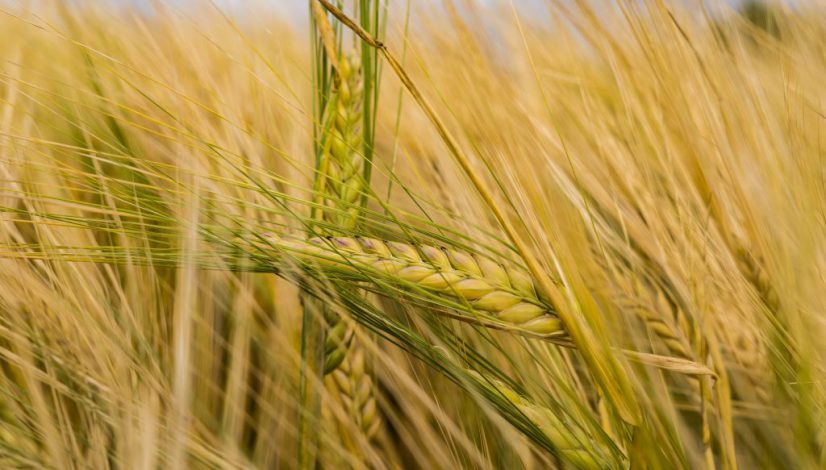Activity 5: Phenotyping barley breeding lines and germplasm for disease resistance
Project lead: Dr. Thomas Kelly Turkington, Lacombe Research and Development Center, Agriculture and Agri-Food Canada
Timeline: 2018-2023
Total Funding: $409,500
Funders:
AAFC $286,650
Alberta Barley $78,317
SaskBarley $37,414
BMBRI $7,119
Since 2000, seeded barley acres in Canada have decreased by nearly half, with producers increasingly turning to other, more competitive crops such as canola. One of the main reasons for this is the threat of diseases in barley.
In general, average yield losses due to leaf disease in susceptible varieties can be higher than 30% when conditions are favourable. And while control methods such as foliar fungicides are available, they are a costly added input and there is some evidence that there is a growing amount of resistance to them. The best protection appears to be choosing varieties with good levels of disease resistance.
Therefore, continued research is needed to improve varieties and production systems to maintain or lower production costs while improving net returns. This research aims to do this by developing disease-resistant barley varieties.
The results from previous projects demonstrated that field screening for scald, net blotch and stripe rust of barley has been effective at identifying and selecting resistance. This research will ensure we have the ability to accurately phenotype barley breeding material and germplasm for resistance to a range of barley diseases. It will also use disease nurseries to develop and assess disease and reactions to identify the most impactful and cost-effective sources of resistance.
The overall outcome of this research will be the development of varieties with increased disease resistance, which will decrease biotic production risks, improve crop yields and quality, lower production costs, reduce pesticide inputs, and ultimately lead to more marketable products domestically and internationally. In the long term, disease resistance also leads to reduced reliance on agrichemicals, which benefits the environment and helps to maintain a healthy and nutritious food supply, while decreasing production costs for producers.






